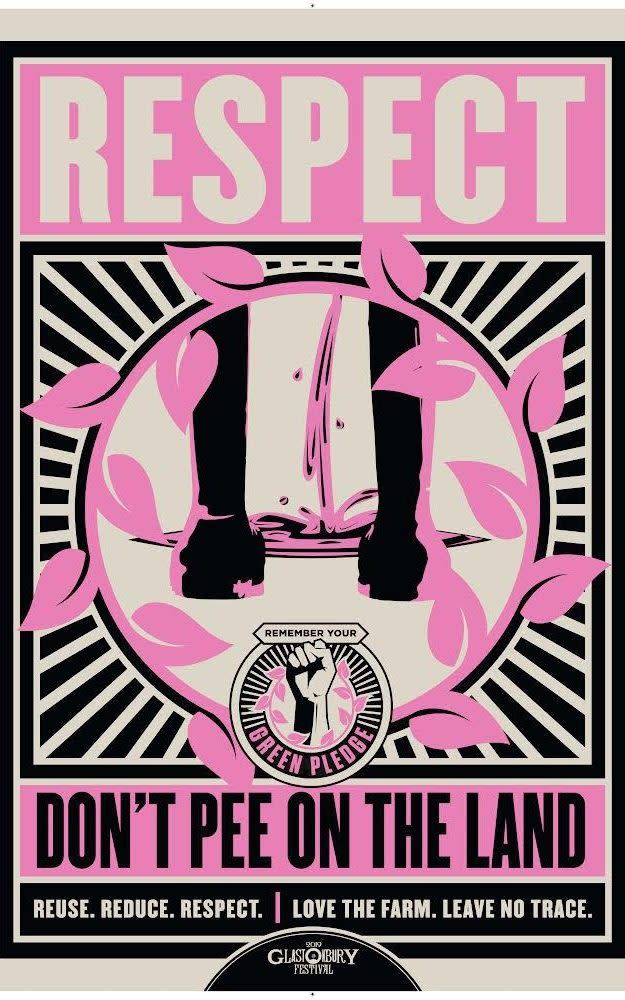Eels filled with drugs after Glastonbury Festival-goers use rivers as toilets

- Oops!Something went wrong.Please try again later.
Dangerous levels of illicit drugs found running through rivers after the Glastonbury Festival threaten local eels, a new study has found.
The drugs were released into the waterways from public urination, with levels of MDMA quadrupling in the week after the 2019 festival and cocaine concentrations rising to levels known to affect the life cycle of European eels, a protected species, the study concluded.
Researchers at Bangor University said it was important that festival-goers used official lavatories, particularly as Glastonbury Festival was situated close to the Whitelake River.
“Illicit drug contamination from public urination happens at every music festival,” said Dan Aberg, a student at the School of Natural Sciences. “The level of release is unknown, but festivals undoubtedly are an annual source of illicit drug release.
“Unfortunately, Glastonbury Festival’s close proximity to a river results in any drugs released by festival attendees having little time to degrade in the soil before entering the fragile freshwater ecosystem.”

The levels of cocaine found in the river could potentially delay the sexual maturity of the European eel population downstream of the festival, the study said.
The researchers suggested that constructed reed beds could be used to treat wastewater before it enters the river stream at Glastonbury and other festivals. They also said educating people about the dangers of public urination at festival sites was vital.
Dr Christian Dunn, who led the research team, said: “Education is essential for environmental issues – just as people have been made aware of the problems of plastic pollution, and Glastonbury has made great efforts to become plastic-free, we also need to raise awareness around drug and pharmaceutical waste. They are hidden yet potentially devastating pollutants.”
Previous studies have found a range of drugs entering waterways, including dangerously high levels of antibiotic pollution which could create resistance in bacteria. Cocaine has also been found to be a threat to zebrafish embryos and mussels, as well as fern spores.
The contraceptive pill was found to be causing male fish to display female characteristics such as egg production in the 1990s, although scientists say improved wastewater treatment has now mostly resolved the problem.
A spokesman for Glastonbury Festival said: “Protecting our local streams and wildlife is of paramount importance to us at Glastonbury Festival and we have a thorough and successful waterways sampling regime in place during each Festival, as agreed with the Environment Agency. There were no concerns raised by the Environment Agency following Glastonbury 2019.
“We are aware that the biggest threat to our waterways and the wildlife for which they provide a habitat comes from festival-goers urinating on the land. This is something we have worked hard to reduce in recent years through a number of campaigns, with measurable success.
“Peeing on the land is something we will continue to strongly discourage at future festivals. We also do not condone the use of illegal drugs at Glastonbury."

